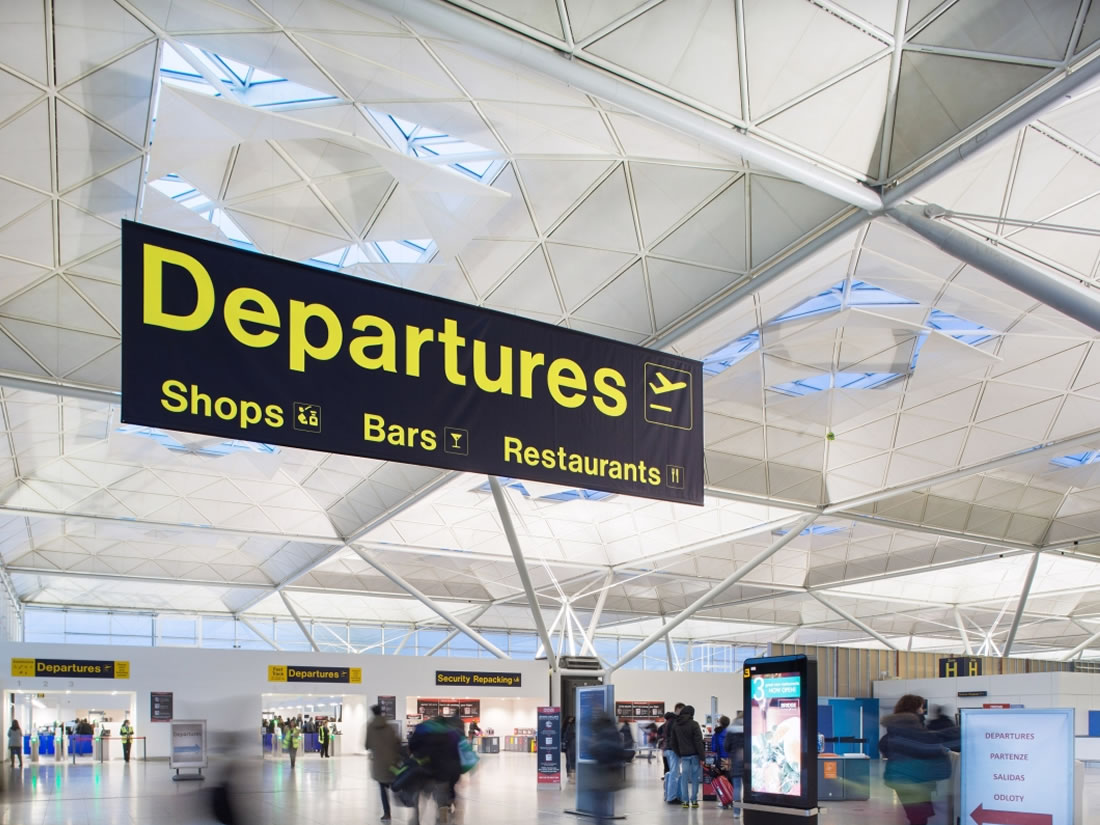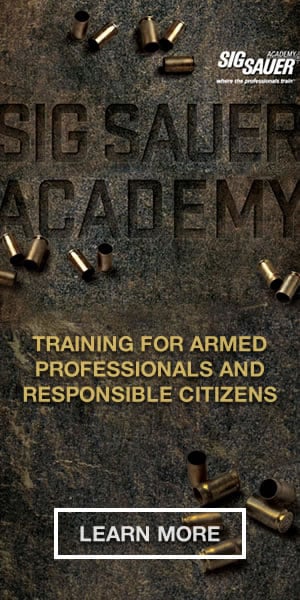My family and I just returned from a wonderful 10 day vacation in the state known by Buckeye fans as "that great state up north" or something like that. As I write this, Labor Day weekend is upon us-which is considered to be the last summer vacation weekend. Where did the summer go? In any event, we took some additional precautions for our trip, which took place by car, my preferred means of travel over dealing with our airport security system.
The reason for the additional precautions is primarily due to the state of unrest across the nation. I grew up during the 1960's and was 11 years old during the tumultous unrest of 1968, following the assassinations of Robert F. Kennedy and Dr. Martin Luther King Jr., The Vietnam War running full tilt, and the Tet Offensive escalated the activities of war protestors and leftist activists to a point that was never before seen in our nation.
The activities of today's radical leftist groups like Antifa dwarfs what went on with the previous generations of radicals in many ways. Social media has allowed groups like this to appear in locations around the country to protest, destroy property and cause injuries at a moment's notice. The "flash mob" phenomena can turn an area into a danger zone by the rapid arrival of almost any group. The San Francisco BART system has been plagued by groups of 40 to 50 youth at a time suddenly showing up to rob and assault law abiding passengers.
Not only are we concerned about these extreme criminal acts, but there are other situations to consider that can cause risk while traveling. There are street crimes, burglaries, and as we are witnessing right now in Texas and Louisiana, major natural disasters such as hurricanes, and more localized disasters such as tornados, wildfires, and winter storms or floods. It's all a lot to take in and prepare for, but prepare you must for your family's safety.
Travel by Automobile
Make sure that your car is in proper operating condition, especially if it is a higher mileage vehicle. Did you know the number one reason cars "break down" along the highway is that they ran out of gas? Don't let your fuel tank drop below half full in unfamiliar areas.
Be familiar with your route in advance. Don't depend on your smartphones GPS system without having an idea where it will take you. Get a recent copy of the Rand McNally road atlas to back up the GPS navigation and have it in the front seat. If your digital navigation system seems to take you off course, pull over to a safe spot and consult the analog map. I had to do this on our recent trip.
Unless it is your destination, try to avoid urban centers, especially those that have experienced recent mass violence or disruptive events. Take outer belts instead of routes directly through any city if possible.
When in stopping or slowing in traffic, try to leave yourself an out if possible. Don't pull right up on the rear end of the person ahead of you. You may need an escape route depending on what the cause of the traffic stoppage is, like masses of people blocking the roadway. If you are driving through an area that is starting to make you uncomfortable and anxious there is a reason for that. Even if you can't put your finger on it right away, your subconscious is still aware of danger cues. Listen to that inner voice and "trust your feelings Luke". Make a controlled exit of the area. Stay Alert/Stay Alive.
Travel lawfully armed with a firearm that is within easy access of the driver's compartment. If the person riding in the passenger seat in your car is capable, let them be responsible for potential defense with a firearm or large canister of pepper spray. You as the driver needs to be in total control of the most important protective device you have-your vehicle.
Make sure you toss an extra box of ammunition or two in case of extended stays. A compact Henry Arms AR-7 .22 LR survival rifle and spare magazines might be a great addition to your firearms kit.
Having rechargeable and standard battery flashlights and an emergency lantern aboard are important as well, especially in case of breakdown in a dark area. I had three available in the car on this past trip. A heavy three D cell Maglite makes a great emergency weapon as well.
Travel with an emergency food supply. Prepackaged kits in five gallon buckets will do nicely. There are also some backpack style bugout food supplies. We traveled with a two week supply backpack in our car. It didn't take up much room, and has a 25 year shelf life. There is room for extra supplies in the pack pockets as well. Imagine if you were in the hurricane affected areas and were trapped with your vehicle for a while. No food, no power, no easy way out. Wouldn't it be good to have food on hand so that you weren't dependent on other people, especially the government, to give you? My kit also comes with a water purification system.
Travel with emergency blankets and first aid supplies. My dad always had those in the trunk of his car, even when we weren't on vacation. A small fire extinguisher is helpful too if you wish to render aid, or if you experience your own car fire.
Travel by Plane
Again, if you are heading to an area where your firearm is legal (remember to check in advance if there are magazine capacity limitations or CCW restrictions), then by all means declare it with your checked luggage, NOT CARRY ON, when you arrive. Have it in a locked case, with a TSA compatible lock so they don't have to cut if off for additional checks. Most airlines allow 50 rounds or more additional or ammo to be checked through in a separate original or locking container. Check for any individual requirements of the airline you are using. Pepper sprays, in most cases, can also be checked through but again, not carried on. And for Pete's sake don't "forget" you have your loaded carry handgun about your person when you enter the TSA line.
Take with you a smaller quantity of emergency food-protein bars or specialized compact food kits, in case you are stranded at the airport. What if the ATM's don't work? Maybe by a just in case bottle of water after the checkpoint if the weather appears to be threatening. Make sure you have a couple of day's worth of any medications you may require on your person. I no longer check meds. I carry them on in my travel bag. An emergency flashlight is important to have on your person in case of reduced power situations. One of the best is the Streamlight Sidewinder Compact, which is waterproof, runs on either AA alkalines or CR-123's, and provides various light settings with up to 55 lumens of output. You won't need to lead a SWAT raid at the airport, but you might need to go to bathroom under no-light conditions.
Keep an eye on others in the terminal area. Are they behaving in a nervous, erratic manner? Report it if you can. Knowing where the exits are the airport is now more important than knowing where they are on the plane. Always be aware of where emergency cover might be and be prepared to move quickly. Stay Alert/Stay Alive. And please, in case of an active shooter event or terrorist attack, leave your stuff where it is and get moving.
Whether you are traveling by car, plane or train, make sure you are keeping abreast of the local news in the areas you are heading through and to. There may be conditions there that the national news is not covering which may cause you to redirect your route.
A lot has changed since the days of hopping in the car with dad as the driver and mom acting as the navigator, and heading off on a care free vacation, or walking on the tarmac and boarding a plane without security screening. Anyone remember watching planes land from the open roof of Port Columbus? While those days are gone, if you take the proper precautions, vacation can be just as relaxing as ever, in part because you will have increased peace of mind.




